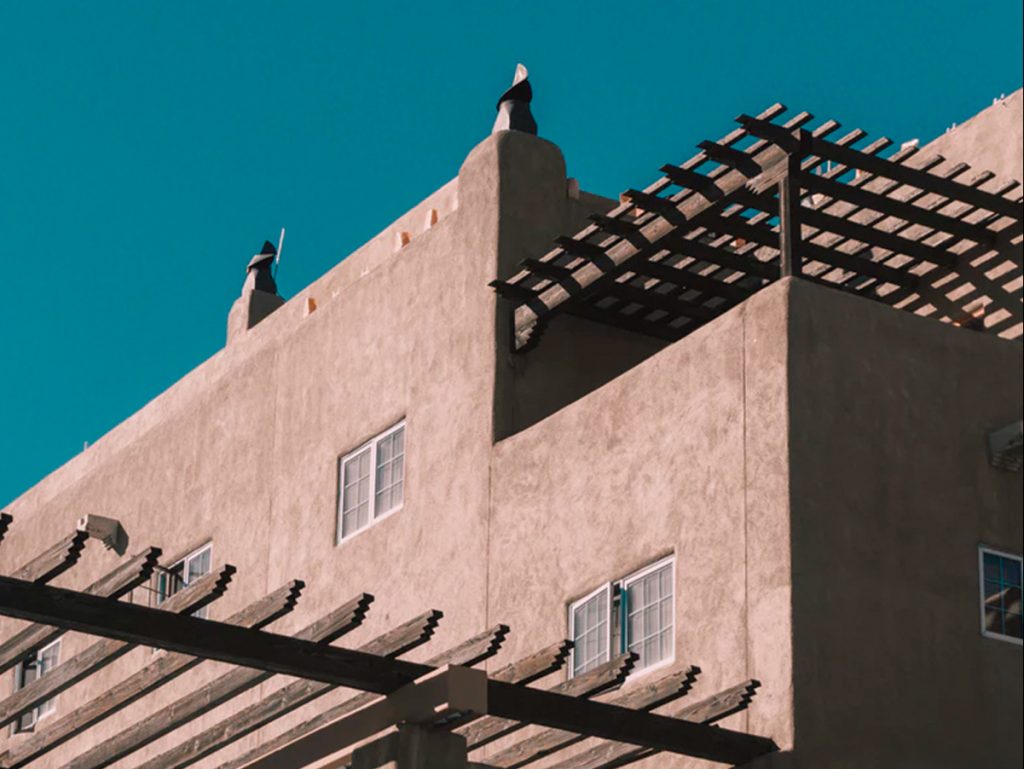Adobe houses are found all through Mexico and the Southwest of the United States. The word adobe simply means “sun-dried clay” in the Spanish language but in some English-speaking regions of Spanish heritage, the term is used to refer to any kind of earth construction.
It has been used for thousands of years in North Africa, and the Spanish people learned how to make bricks of clay from the Mohammedan invaders who conquered Spain for a period of a few hundred years, back in the Middle Ages.
The Spaniards brought the word to America, and also the best method of making the clay bricks, when they came over, more than five hundred years ago.
The adobe bricks are made by wetting clay, mixing it with straw or hay, and packing it into wood frames that make it into the shape of a brick. These frames are put out in the sun, where they dry. After the bricks dry, they’re used for building a house.
Spanish people learned how to make bricks of clay from the Mohammedan invaders who conquered Spain
Adobe houses are usually only one story high. They are very comfortable, cool inside in the summer and warm in winter, and also fireproof. Because they are made of clay, which is little more than mud, you might think that they would wash away in a heavy rain, but they do not.
An adobe house usually lasts 100 years or more, and some are known to have lasted as long as 300 years, and in dry climates like the Potosino desert, adobe structures are even more durable, beigh most of the old buildings in Downtown and the surrounding Barrios, and several Haciendas around the region built with adobe.

On the downside, they are known to be particularly susceptible to earthquake damage if they are not somehow reinforced, luckily for San Luis, the local soil is known for its lack of seissmic activity. Cases where adobe structures were widely damaged during earthquakes include the 1976 Guatemala earthquake, the 2003 Bam earthquake, the 2010 Chile earthquake, and the recent 2017 Mexico City earthquake.
Nowadays, there is a growing interest in adobe construction. Because adobe bricks are made of dirt and dried by the sun and air, they’re eco-friendly and less expensive than many building materials, as it is renewable; after all, you can find dirt just about anywhere, local; materials don’t have to be hauled in, inexpensive, and healthy; adobe doesn’t release chemicals, as some modern materials do.
Article written by:
David Bunch
DIY Home Builders






